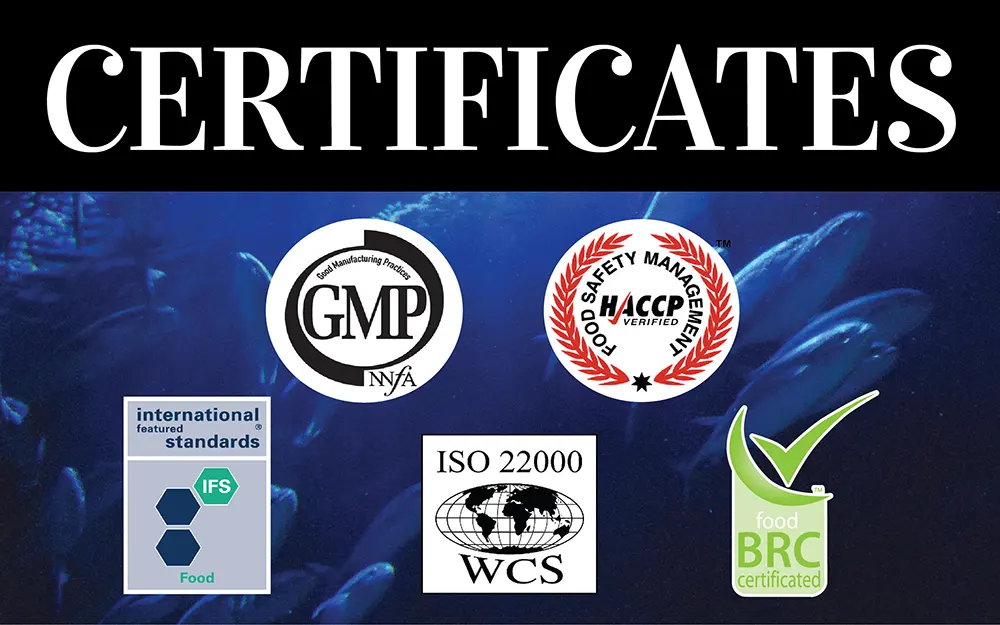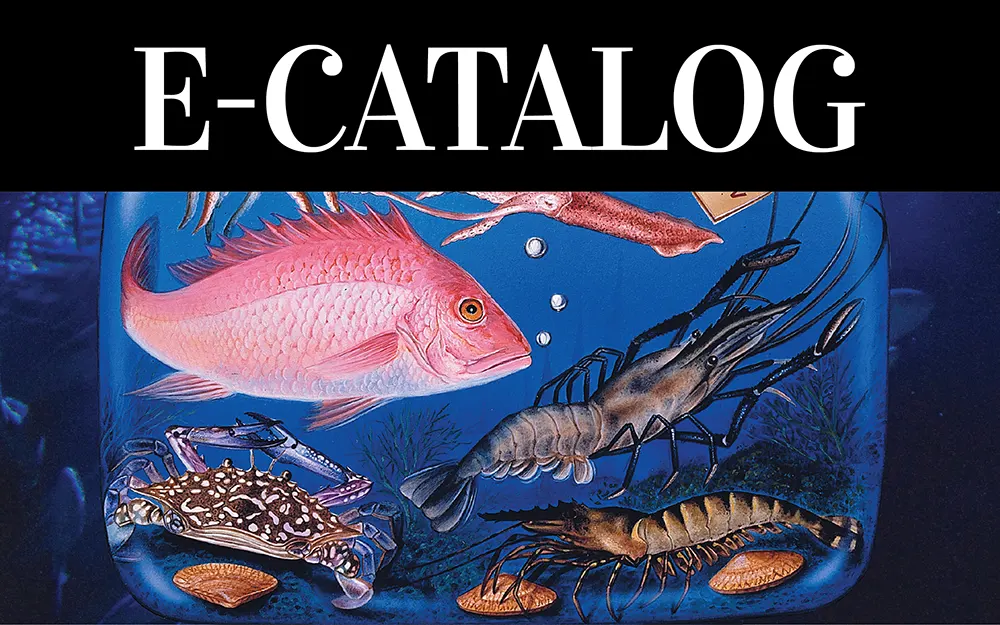Global prices have stayed at low levels for a year now, and there are no signs that this will change, industry sources tell IntraFish.

Lola Navarro: Intrafish
Prices of vannamei shrimp hit rock bottom a year ago and have remained low ever since. With production increasing in every major farming country, they are expected to stay at current levels if not lower at least through the end of the year, industry sources told IntraFish.
India, the world’s largest vannamei producer with an output of over 600,000 metric tons in 2018, is expected to increase production between 10-12 percent, according to industry experts.
However, these projections could fall short of real figures since delayed harvests both in the east and the west are not allowing for a clear understanding of the current biomass in the water, and since actual stocking levels in India continuously exceed official figures.
The lack of transparency and the fragmented farming scenario in the country make it difficult to estimate the volumes, but the moderate 10 percent industry insiders are pointing at would mean an additional 60,000 metric tons of shrimp coming out of the country.
“We will know more about volumes in June, July,” West Coast Group Director Rahul Kulkarni told IntraFish.
“There have been delays due to weather conditions and early mortalities and it is difficult to know at this point.”
Other experts agree that the delayed crops will push harvests to the second half of the year, and only then will farmers decide on whether to back off with their stocking, depending on the markets.
Ecuador facing unique challenges
Out in front of even India, Ecuador is registering the sharpest growth year-on-year, with a 29 percent increase in volume through March.
In the first quarter of the year, Ecuador produced 306.5 million pounds, or 139,000 metric tons. In 2018, Ecuador’s shrimp output was 1.1 billion pounds, or 505,856 metric tons.
The country’s main market is China, and although prices continue to be low, this isn’t the result of excess supply, one Ecuadorian producer said.
“We don’t compete with other shrimp farmers, there is no oversupply of Ecuadorian product, the Chinese market will continue to increase, and they buy all that we produce,” Sandro Coglitore, CEO of shrimp farmer Omarsa, told IntraFish.
However, the shift in direct exports to China and reduction of exports through Vietnam could be playing a role in the low prices, since there are fewer importers in China than the number of importers in Vietnam, and there is less room for negotiations, according to industry experts.
In addition, Ecuadorian shrimp farmers compete in the Chinese market with Argentinean red shrimp, which is imported under a different ID code since it is a wild product, has lower tariffs, and no value added tax (VAT) if it is landed by Chinese-flagged vessels in Argentina.
This, also, negatively affects Ecuadorian shrimp imports into China.
‘Painful adjustment’
But whatever the individual reasons, one thing is for certain: the low prices are affecting farmers around the world.
In some cases, exporters are not even breaking even on production costs, which has been a problem particularly in Asian countries who do not produce what is considered to be a “premium” product, and small producers in Latin America, who cannot keep up with high costs.
The main problem, according to Jose Antonio Camposano, president of the Camara Nacional de Acuacultura of Ecuador, is that this trend will lead to a “painful adjustment” in two different ways: one, some producers will be put out of business, and two, producers try to cut costs, normally at the detriment of quality and sustainability standards.
Meanwhile, global volumes continue to grow at a much higher pace than demand, as per capita consumption remains static, especially in the European Union and the United States, where any growth is purely seasonal.
“When prices fall, the ones suffering are producers and exporters,” Camposano told IntraFish.
“I don’t see any shrimp promotion at supermarkets, any two for the price of one, for example — somebody is keeping their margins untouched.”
Vietnam, Indonesia, Philippines also ramp up
Other producing nations such as Vietnam, Indonesia and the Philippines are also increasing production this year.
Thailand — which lost its global pole position in vannamei supply in 2010 due to a massive early mortality syndrome (EMS) outbreak and was never able to recover in terms of volume — is not expected to increase production this year, but prices continue to be low, with farmers not able to agree on a bottom level in order to maintain profitable margins.
In Vietnam, harvests will also be delayed until June or July instead of May, which reinforces the idea that higher volumes will kick in in the second half.
Although production growth in the country is expected to be around 10 percent, farmers are being conservative with their seeding, Jim Gulkin, managing director at seafood trading firm Siam Canadian, told IntraFish.
Indonesia is expected to increase production between 5-10 percent, also starting to harvest in June or July.
“Production will increase in July, but there is no room for prices to fall further at the moment,” Gulkin said.
“Since they hit bottom in the second quarter of last year, they came back a little but not too much, and now they’re similar to those levels.”




